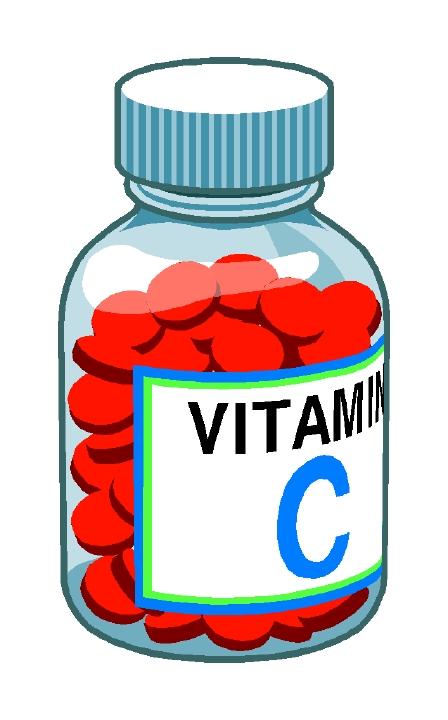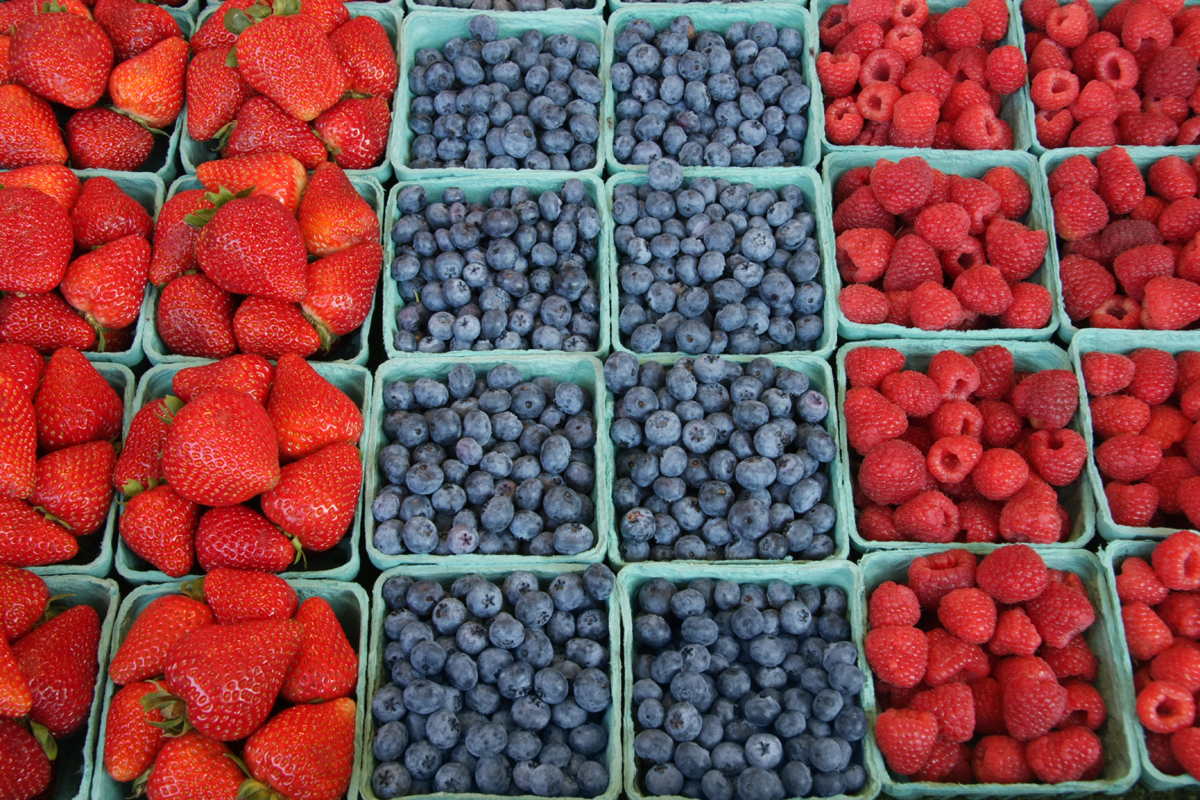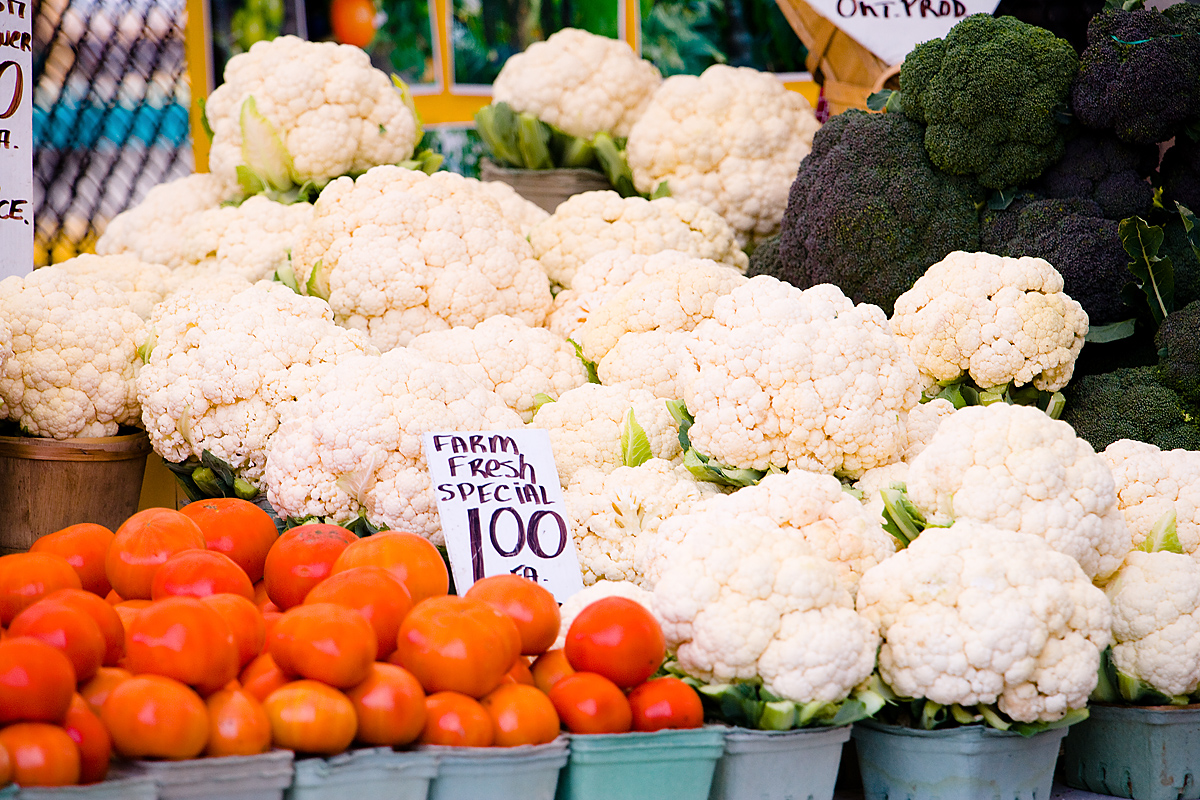By Jacob Gerdes, Arizona State Nutrition Communications Student.
Ascorbic Acid may sound intimidating but you know exactly what it is and I would wager that you may even have an isolated supplement of it in your house right now. Ascorbic Acid, better known as Vitamin C, is a super star among American households as a way to stave of the common cold and a remedy to cure sickness. This common knowledge, while helpful, is only one benefit of this important Vitamin powerhouse. Along with the other benefits that Ascorbic Acid provides, there are many food sources that are high in vitamin c and provide alternative options than the commonly associated family of citrus fruits.

We will examine some details and benefits of vitamin c as well as go through a list of the top 5 sources. Chances are you’ll be delightfully surprised to see that there are sources with high amounts of Vitamin C providing more fun recipe options. (Disclaimer…I am only including all plant which is great because everyone could use more produce in their diets!)
History
A historical review published in the Annals of Nutrition and Metabolism discussing the events that lead to the discovery of Vitamin C notes that before the discovery, Scurvy was a serious medical condition that often plagued different Navies as the sailors would go months at sea without any fresh produce. At the time it was unknown that only produce would have a compound necessary for preventing scurvy in the sailors. James Lind, a Scottish Physician, had set out to discover a remedy for this illness that plagued entire ships and he began the first set of clinical trials experimenting with different dietary treatments eventually deducing that fresh citrus fruits were the answer. This discovery would eventually lead to the synthesis of Vitamin C supplements and further testing to understand the importance of this nutrient within our bodies.
Benefits
The National Institute of Health describes Vitamin C as a potent antioxidant that works to combat free radicals which are compounds produced by the body or absorbed from environmental factors like pollution or sun damage that cause oxidative stress on our bodies cells. Along with working to enhance our immune system, Vitamin C also promotes absorption of other nutrient and is also a major contributing factor in collagen production; which is necessary for all connective tissues, maintaining youthful skin, and wound healing.
Quite often you’ll read in beauty magazines about the importance of eating fresh fruit and vegetables, notably citrus to boost your Vitamin C intake. Citrus is a great source of Vitamin C but there are many other great sources that will allow you to increase your Vitamin C intake while experimenting with different dishes!

Medline Plus, an affiliate website of the U.S. National Library of Health, list the best produce sources of Vitamin C. Their list of fruit, many of them grown here in Arizona, includes:
– Cantaloupe
– Citrus fruits and juices, such as orange and grapefruit
– Kiwi fruit
– Mango
– Papaya
– Pineapple
– Strawberries, raspberries, blueberries, and cranberries
– Watermelon

And the Vegetables, all grown in Arizona, includes:
– Broccoli, Brussels sprouts, and cauliflower
– Green and red peppers (red peppers are the highest source out of all produce)
– Spinach, cabbage, turnip greens, and other leafy greens
– Sweet and white potatoes
– Tomatoes and tomato juice
– Winter squash
Vitamin C is a water-soluble vitamin meaning that our bodies do not store any excess supply and it is excreted in the urine. The Mayo Clinic notes you will likely not reach the point of harmful vitamin c consumption from consuming produce.
While plant food is important for many health reasons, Vitamin C is especially important due to the major role it plays with your health. Next time your at the grocery store or farmers market, think about James Lind and his discoveries…or don’t. Just make sure to fill your basket up with a variety of fruits and vegetables, especially red bell peppers, to ensure you are getting your Vitamin C. Your body and your taste buds will thank you!
Also, make sure to check out Fill Your Plate for some great recipes including these tasty fruits and veggies!
Our latest article: Is Your Orange Juice Void of Vitamin C?
References:
- Carpenter KJ. The Discovery of Vitamin C. Ann Nutr Metab. 2012; 61(3):259-64. Accessed April 23, 2016. URL: http://www.ncbi.nlm.nih.gov/pubmed/23183299.
- National Institute of Health Office of Dietary Supplements. Vitamin C Facts Sheet. Last Updated February 17, 2016. Accessed April 23, 2016. URL: https://ods.od.nih.gov/factsheets/VitaminC-Consumer/.
- Wax E, et al. Vitamin C. Medline Plus Website. Updated February 2, 2015. Accessed April 23, 2015. URL: https://www.nlm.nih.gov/medlineplus/ency/article/002404.htm.
- Zeratsky K. Nutrition and Healthy Eating. Mayo Clinic Website. Published February 5, 2015. Accessed April 23, 2016. URL: http://www.mayoclinic.org/healthy-lifestyle/nutrition-and-healthy-eating/expert-answers/vitamin-c/faq-20058030.

